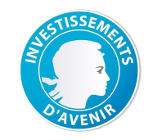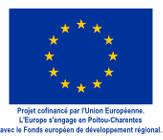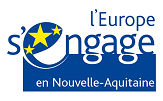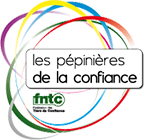





Patents related to tattoo
Many applications require to be able to append data to a document in addition to those accessible by visual reading. These additional data may repeat all or part of the visual data being accessed or additional data required for a business process or computer.
To add data to a document it exist a variety of methods such as: bar codes, 2D bar codes, watermarking.
Barcodes require adapting the aesthetics of the document at integration time. On administrative-type documents, it is often difficult to put more than one barcode per page, simple or not.
Watermarking is a technology that allows to add information to an image, so it requires either preexisting image in the document or the artificial addition of a picture or equivalent. For a purely textual record, adding a watermark can significantly increase the file size.
The tattooing process we have patented relies directly on the text of the document. It overlaps the text as if writting a second text over the first without disturbing the visual reading of it. The information is not encoded through a characteristic of the glyph as proposed in the prior art, but by statistical recognition (classification) of predefined global variations of the same character.
In applying the method of tattooing that we recommend and that we have developed, we determine for each character 4 predefined variants, allowing us to code two bits of information per character that is one byte for 4 characters, so up to 20 bytes for a line of 80 characters, or about 10 bytes of useful information per line (the remaining 10 bytes are used for protocol and security).
Useful information can itself be encoded as multiple sub-sequences (we recommend 3), which allows to optimally disseminate information for use by Smartphone (flash photo). Thus each individual part of the text of the document may be flashed and operated on mobility in the manner of a conventional bar code.
We have implemented different encodings documents using this tattoo. it results from the process that:
- The encoding process can be very fast (it will not slow mass production)
- Encoding of an electronic document (PDF) produces a file size comparable to unencrypted file.
- Decoding of a document can be extremely fast (some decoding we can have a performance of less than a tenth of a second per page).
- Encoding may vary depending on the document page or paragraph or line, allowing to consider securing broadcast ebooks or defining some very good augmented reality applications.
- The encoding is hybrid: it is suitable for electronic documents and paper documents.
- If an electronic document (ex. PDF) is encoded, encoding persists if the document is converted into an image format (eg. JPEG) or if the document is printed.
- If a paper document is encoded, encoding persists if the document is scanned to produce an electronic document.
